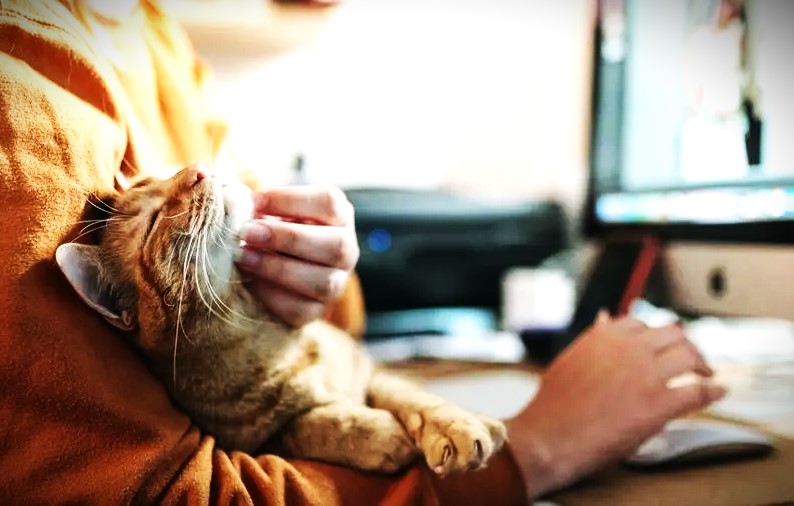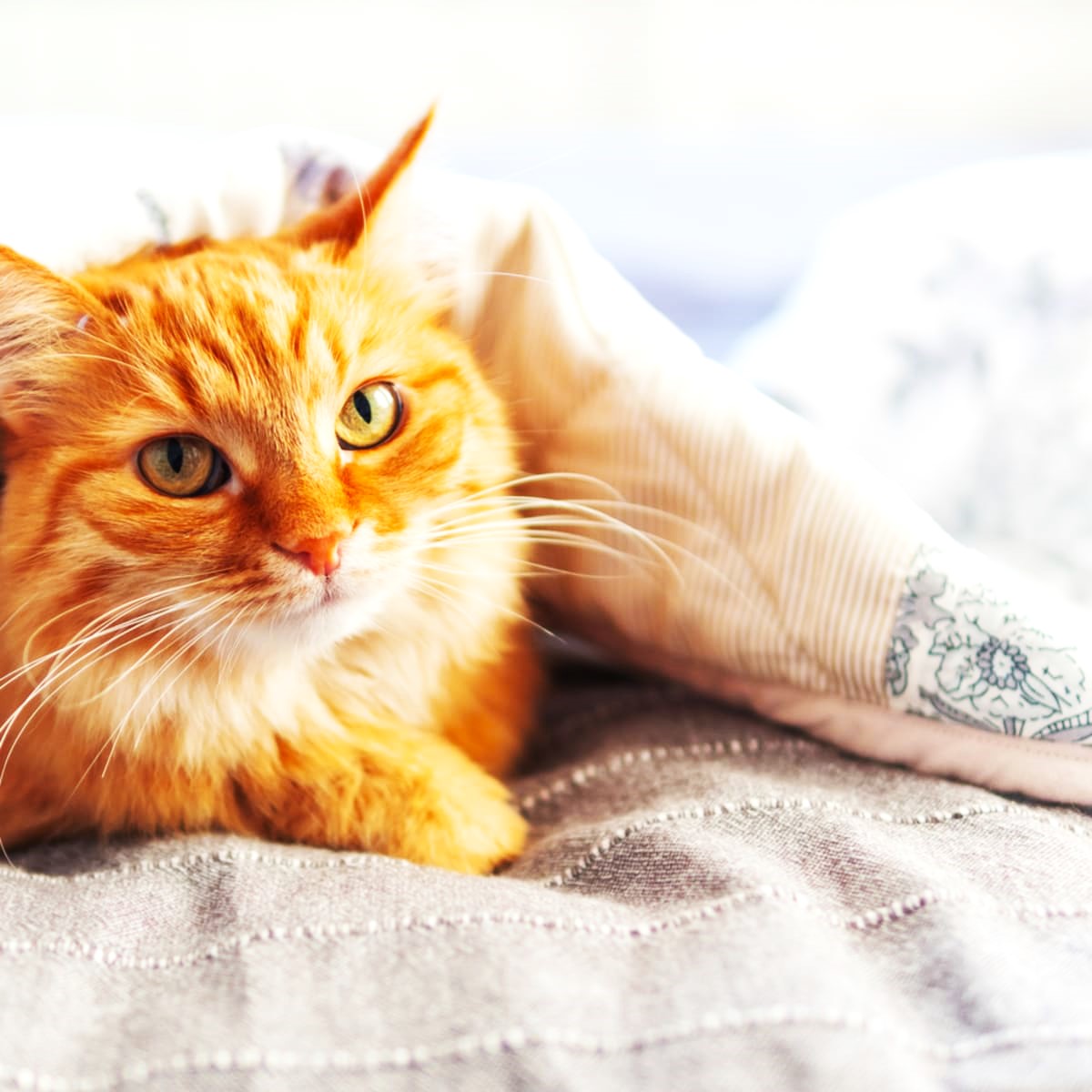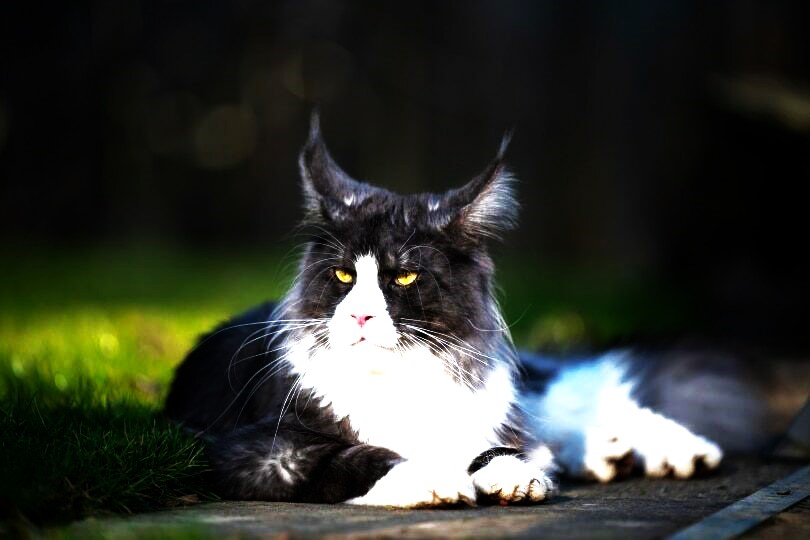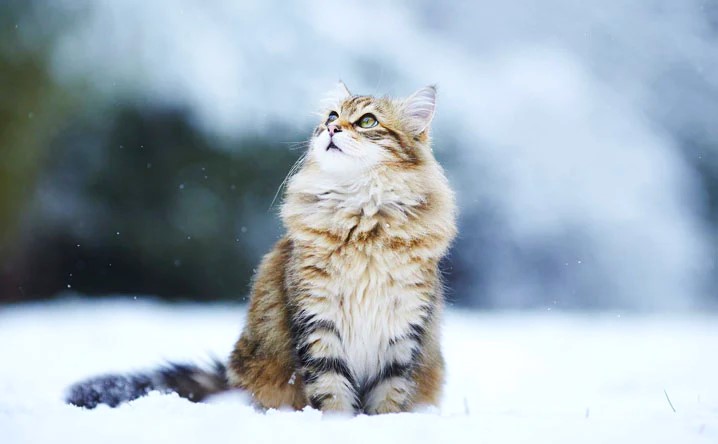Cats actually age more quickly than humans do. In the past, people frequently believed that each year a cat lived was equal to seven years of a human’s life. Cats behave differently at different stages of their lives, but we also know that diseases frequently accompany aging. For these reasons, knowing what your cat is going through at every stage of its life is not only beneficial, but essential.
Chart for Converting Cat Age to Human Age
You can use the chart below to determine how many years your cat is, in human years.
Kittens Up to Six Months of Age
A kitten’s first six months of life are literally full of eye-opening experiences. A kitten’s physical and mental development takes off the moment its eyes and ears open, which occurs one to two weeks after birth. A kitten experiences all of the same sights, sounds, and smells as a newborn child. Its personality develops with every new experience it has with people, animals, and objects. A kitten’s socialization abilities over the course of the following few weeks are significantly influenced by all of these encounters and exposures.
A kitten starts to grow more independent and inquisitive when it leaves its mother between two and three months of age. Its adult teeth are just beginning to erupt, so in the interim it will explore its surroundings, get into some mischief, and possibly chew on unwanted objects. During these months, kittens grow quickly; by the time they are six months old, their age is equivalent to that of a child who is ten years old.
Kittens must receive a series of vaccinations, and at six months of age, they are usually spayed or neutered. If there are any congenital or hereditary problems, your veterinarian will typically find them at this time.
Adulthood for Kittens: From Six Months to Three Years Old
Even as they get older, older kittens and younger adult cats will continue to push their boundaries because a six-month-old kitten is already about the size of a double-digit human child. Your cat will have grown to adult size by the time it turns one year old, and by then its habits, preferences, and other characteristics will usually be set in.
Physiologically, a one-year-old cat is comparable to a fifteen-year-old human, and a two-year-old cat is comparable to a twenty-four-year-old person. Although adult cats are generally healthy and do not require as many vaccinations as kittens do, now is a good time to get some baseline blood work done to find out what your cat’s normal values are. When your cat gets older and you have something to compare its blood work to, you’ll be glad you did. For a young adult cat to remain healthy, routine grooming, dental cleanings, and yearly exams at the vet are usually sufficient.
Pristine Felines: Ages Three to Six
A cat that is three to six years old is still an adult, but not quite a senior. Most cats don’t have any health problems during these years, but some do have congenital conditions or chronic illnesses that require attention.
A prime cat will require annual veterinary check-ups and vaccinations, may benefit from early joint support supplements to keep its hips and knees functioning properly, and may occasionally experience a health issue, but generally, this age range is healthy.
These are a cat’s prime adult years at five years old, as they are similar to a human in their mid-30s.
Mature Felines: Ages Seven to Ten
Some vets may start calling your cat a senior once it is seven or eight years old, but we all know that cats don’t really qualify as seniors because they often live into their late teens. Cats who are nine or ten years old haven’t quite reached retirement age, but if they were humans, they might be eligible for an AARP card.
Given that obesity is prevalent in middle age, it is crucial to make sure your aging cat is receiving the right nutrition during this time. Inspect that your cat can still hop on and off objects with ease and has not developed dental disease, kidney problems, or a heart murmur. More frequent check-ups with your veterinarian are advised, and blood work from earlier years should be compared to make sure there are no trends in changes in organ function.
Senior Felines: Ages Eleven to Fourteen
When your cat turns eleven, it’s finally a true senior citizen. Owners of older cats should be aware of joint problems, which are frequently hidden concerns, as their organ functionality may begin to decline.3. Your veterinarian should advise blood work monitoring to ensure common issues seen in senior cats are identified early. At this age, dietary adjustments might also be advised because older cats’ bodies usually require different nutrition.
Some elderly cats appear to become grumpy with age, but this is frequently just a sign that they are in pain, have joint discomfort, or even have changes in their brains that cause confusion.Any changes you notice should be discussed with your veterinarian because they could be a sign of something more serious wrong with your cat.
Senior Kittens: Ages Fifteen to Twenty and Up
Cats have lengthy lives. When a cat reaches the age of 20, they will have nearly reached 100 years old, making them analogous to a human in their mid-seventies. A geriatric cat is one that is fifteen years of age or older, and they should see a veterinarian at least once every six months. These cats may be receiving special diets, supplements, or medications to support different body systems. Older cats typically spend most of the day sleeping and have diminished hearing and vision.
Just like a human in their 90s might, cats of this age frequently experience cognitive decline.
Cats that have cognitive dysfunction may cry at night or urinate or defecate close to the litter box but not inside of it.
Even though it’s more common for cats than dogs to live into their 20s, a cat this old still represents a significant achievement, and these elderly cats deserve special care.




